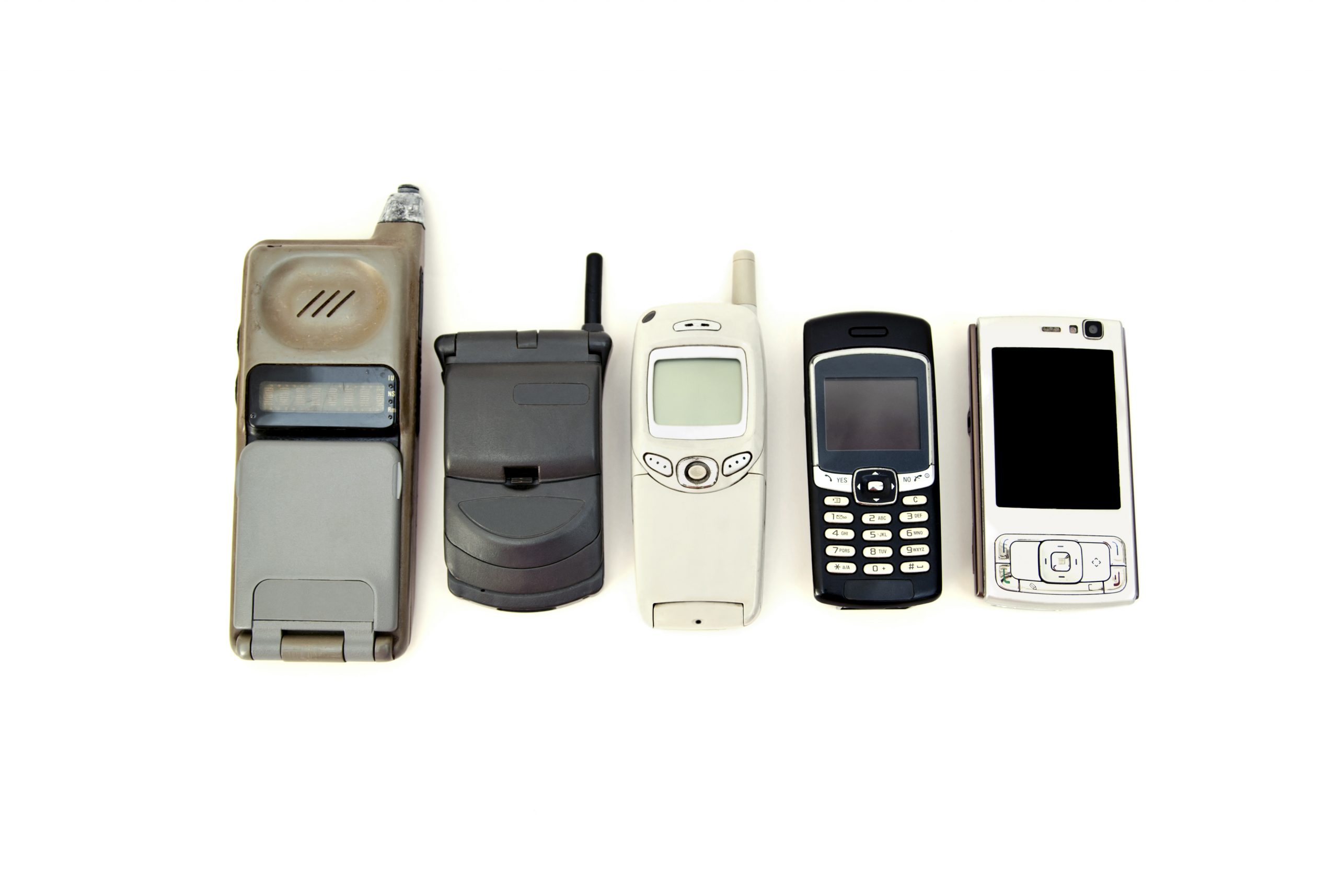
3 ways Zoom Phone and Microsoft Teams work together
Learn how you can make your employees' workdays easier with Zoom App for Microsoft Teams, an integration that helps you bring Zoom Workplace into your existing Teams app.
Updated on April 21, 2022
Published on July 17, 2014


When Alexander Graham Bell’s telephone was first demonstrated in 1876, the public thought this was just another novelty, like that “electric light bulb” thing that everyone was rambling on about. Luckily for us, both of these things turned out to be amazing innovations that pushed the world forward several eons. The very idea of transmitting a vocal signal through a wire was a complete novelty at the time the phone was first introduced. Think about it: until then, the only way people knew how to communicate across distances farther than they can walk was by means of the postal service through a letter or a telegram. The first phones didn’t even dial. Instead, they required a manual circuit connection from one point to the other. Since there were only a couple dozen phones in any local area, this wasn’t much of a problem. When their numbers reached thousands, even millions, central control circuits had to be implemented and operators had to be on their toes at all times to make sure they connected calls correctly. Switchboards were so complex that sometimes people had their calls connected to the wrong destination. We now consider things like the rotary dial and the switchboard archaic, but there was a time when these things were in vogue. With electronic switchboards and automated private branch exchanges, we’ve spoiled ourselves rotten. Even during the 1980's and 90's, businesses were still relying strongly on telephone audio conferencing to connect their teams, but this is not where our story ends.
What happens when you get two computers to talk? You create a network. Now, imagine this network embedded in another network, which relays a signal to another network, and then finally reaches a destination network. Welcome to the Internet. Now, not only can you quickly call someone, but you also have access to information. We are able to combine all of the discoveries we’ve made in communication and put them through copper or fiber-optic cables thanks to this wonderful innovation. Right now, the telephone is being replaced by the Internet with services like voice over IP (VoIP). Startups are popping up all over the world that allows people to communicate internationally via the Internet as they would through a landline, but at a much lower cost.
Back in the early days of television, as far back as the 1930s, people were experimenting with closed-circuit video communication. Two systems connected to one another in a closed circuit could technically allow two people to communicate. The Gegensehn-Fernsprechanlagen, the world’s first video telephone service, was created in Germany in the 1930s. It was first developed by a company known then as Sudetengauverlagerten Fernseh-GmbH. This device was mostly used by the German post office, establishing a channel of coaxial cables running a hundred miles between Berlin and Leipzig. A couple decades later, AT&T developed something known as a “picturephone” in 1964. It had the capability of transmitting and receiving video on a small curved cathode ray tube (CRT) display. AT&T's Picturephone, a massive flop but a step forward nonetheless.[/caption] This awkward-looking device was simply a glorified telephone. It was able to transmit very crude images in two directions via standard telephone lines (mind you, this was before the DSL days). Because of a poor cost-benefit ratio, the company only managed to sell a few hundred units in the entire United States. This was around the time AT&T had predicted it would have already sold a hundred thousand of these dinky little screens. Even NASA started using video communications to keep in touch with its astronauts during its first manned space missions. It used two radio links set up for video conferencing through UHF/VHF. The images were very faded, but they did the job of making sure the flight crew was in one piece. Commercial video conferencing was something people really weren’t asking for until the late 90s. And even then, it was still a very closed niche market. The advent of the Internet helped somewhat, but it wasn’t enough. For video conferencing to really take off, we had to wait until Internet connections were faster and webcams were more ubiquitous. Both of these things happened in the mid-2000s. Then, everything screeched to a halt. Well, people were still talking through video, but they were using software that hadn’t changed much since the late 90s. It’s as if innovation just stopped there. Video conferencing and web meeting providers seemed to say, “Well, that’s it! We’ve reached the top of the mountain. There’s nothing else to do here.” Most people today are still using early-2000s technology, but the problems that plagued video meeting platforms ten years ago still appear today. People are experiencing connection hiccups (especially when communicating internationally), there’s an excessive emphasis on adding features no one really asked for, and there is no simple way to get the software to just work.
If you want to communicate through video on the web, you have two choices. There’s typical video conferencing software, and then there’s Zoom. We’ve set out on an ambitious endeavor to eliminate all of the hassles of communicating through video that has been bothering us for nearly a decade. The first step in this adventure was solving the interface problem. People needed something that allowed them to just enter the conversation without experiencing any glaring abnormalities on the screen. They needed high-definition video and audio. We give you all of this. The next step: Solving the learning curve issue. We needed the most computer-phobic person on the face of the planet to be able to use our software like a pro. This was the objective, and we accepted no less than complete success in solving it. And solve it we did! The only thing that you must now concern yourself with when joining a video meeting is clicking on its link in the invitation. What we did with our software makes toasting a Pop-Tart look like rocket science. We are confident that what we have developed (and continuously update and improve) is pushing video communication forward and leaning steadily towards a future where anyone with a webcam and a computer can connect in a way that develops true human relationships. Despite its minimalistic look, Zoom is packed with video conferencing features that customers actually asked for. This means that the experience is entirely personal and touched up to meet the demands of everyone that uses our software. This is how we all could communicate in the present. You can pop into a meeting without having to deal with the hassle of setting up accounts or installing proprietary software that may or may not work on your device. If you’re interested in seeing what 21st-century communication looks like, you can sign up at Zoom for free today!